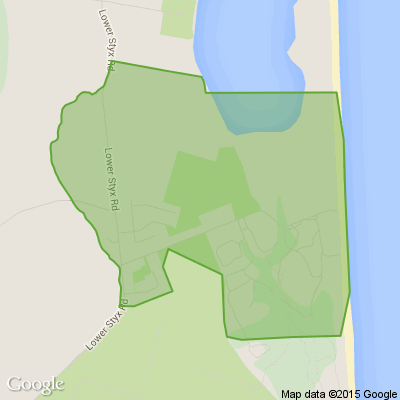Horses return to Port Hills track for first time in 20 years
From reporter Carly Gooch and videopgrapher Alden Williams:
Riding horses is part of Pete Hurst’s heritage.
His father rode to Canterbury’s Motukarara races, and his grandfather took his horses to war – now he’s making it his mission to ensure horses are able to trot on the tracks they’re entitled to.
Nearly a dozen riders took to Kennedys Bush Track in Christchurch on Friday morning, clip-clopping from Halswell Quarry to the Summit Rd to celebrate new horse gates allowing them through for the first time in years.
The trail had been “locked up” for about 20 years, Hurst said, but after advocates put pressure on the Christchurch City Council, it installed 1m-wide horse gates that will let riders through, but not vehicles.
He said generations before him had access to ride between Christchurch and Akaroa, “so we want to restore that – this is a step on the right direction”.
The main goal was to be able to ride the historic track to Akaroa and bring horses “back to the high country”.
He expected to succeed.
Many of the tracks Hurst wants horses to have access to are “paper roads” owned by the council in trust for the public.
He said bikes, trampers, horses and vehicles should be capable of accessing the roads, but locked gates often prohibited this.
“They should be for everybody, they shouldn’t keep you off it. We’re just opening up what we’re entitled to at Kennedys Bush.
“These days, bikes are well catered for, not so much horses.”
Hurst said he had done a lot of work over the last five years to ensure access to tracks on public conservation land, including on Mt Thomas and Mt Richardson, and he was close to opening several others.
Riding is in Hurst’s bones – his grandfather took horses to Palestine and Gallipoli in the war.
His grandfather was “a great horseman”.
“It broke his heart when he had to dispose of his horse when he came back from Palestine.”
The trek on Kennedys Bush Track was an easy one for the horses, Hurst said.
“They just shot up here, none have a sweat on them. They’re all a good bunch of people and a good bunch of horses.”
A city council spokesperson said the track was never specifically closed to horses, but the fact much of it was unfenced and did not follow the legal road alignment meant vehicle gates were kept locked, “thereby limiting horse access”.
At the end of Friday’s ride, Hurst and his group of riders settled in for a barbecue and drinks where they “talk about horses”.
Horses were part of our heritage, he said.
“If they run out of fossil fuels, we might be back on our horses.”
Scam Alert: Fake information regarding December Bonuses from MSD
The Ministry of Social Development is reporting that fake information is circulating about new ‘December bonuses’ or ‘benefit increases’
If you get suspicious communication, please contact Netsafe.

Neighbourhood Challenge: Who Can Crack This One? ⛓️💥❔
What has a head but no brain?
Do you think you know the answer? Simply 'Like' this post if you know the answer and the big reveal will be posted in the comments at 2pm on the day!
Want to stop seeing these in your newsfeed?
Head here and hover on the Following button on the top right of the page (and it will show Unfollow) and then click it. If it is giving you the option to Follow, then you've successfully unfollowed the Riddles page.

Addictive Eaters Anonymous
Do you try to control your weight by restricting food, eating small quantities or fasting?
Are you obsessed with your body image and how you look? Have you used pills or compulsive exercise to control your weight? Find out how our anorexic members overcame these debilitating symptoms to find freedom from addictive eating.
Find out how our members have turned their lives around through the Twelve Steps of AEA.







 Loading…
Loading…





